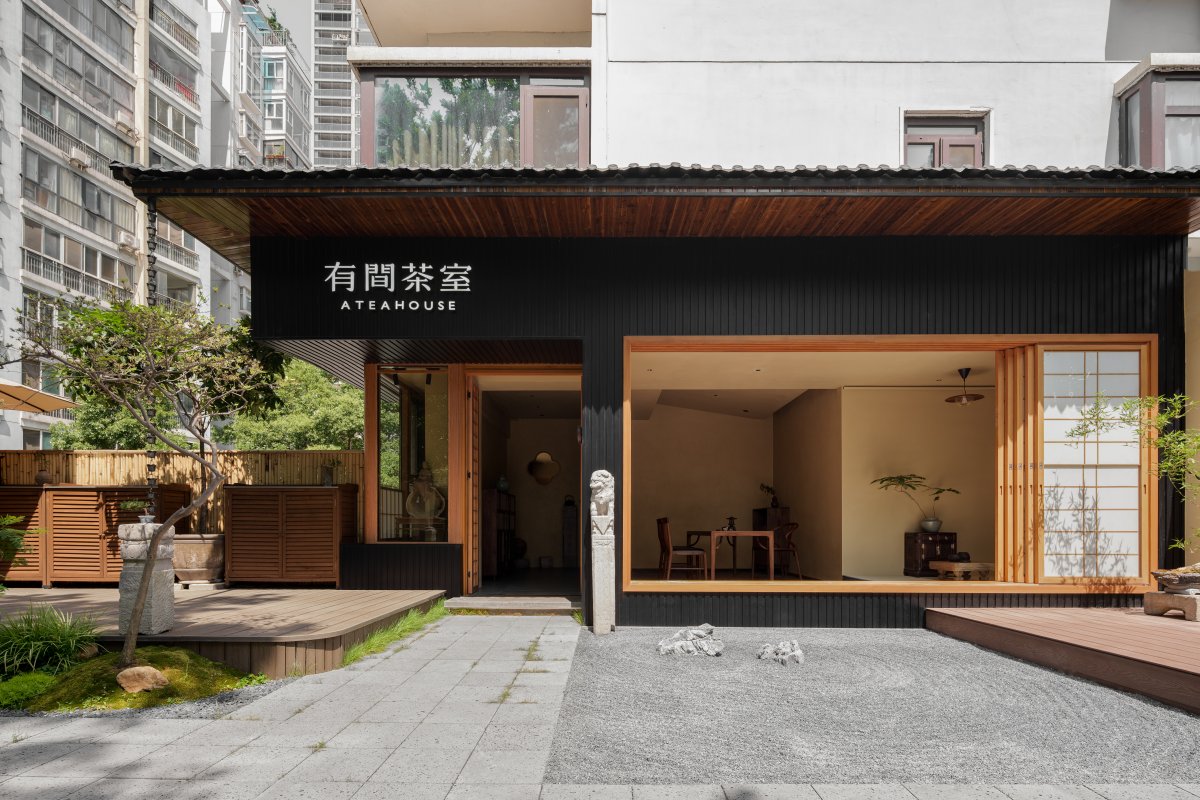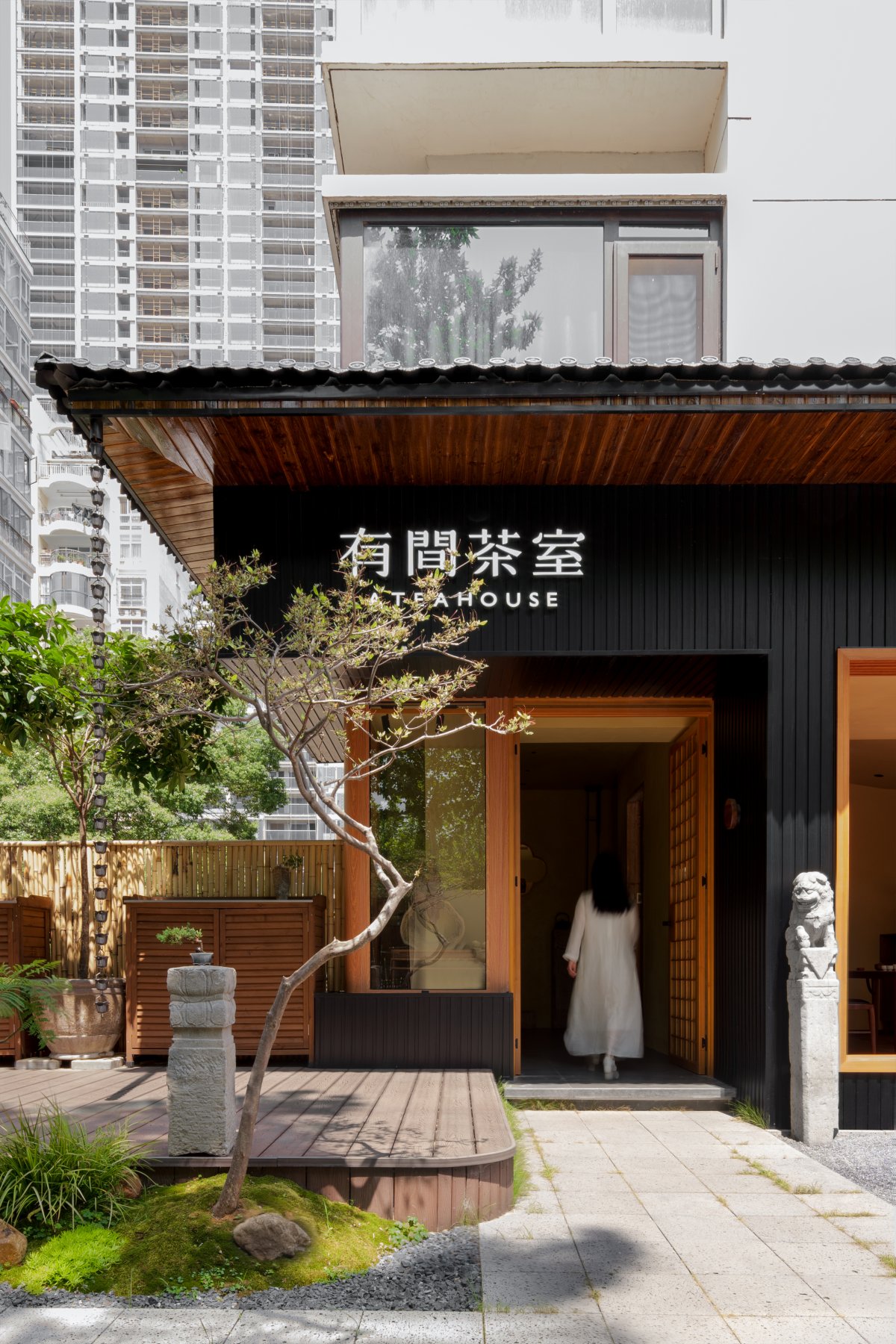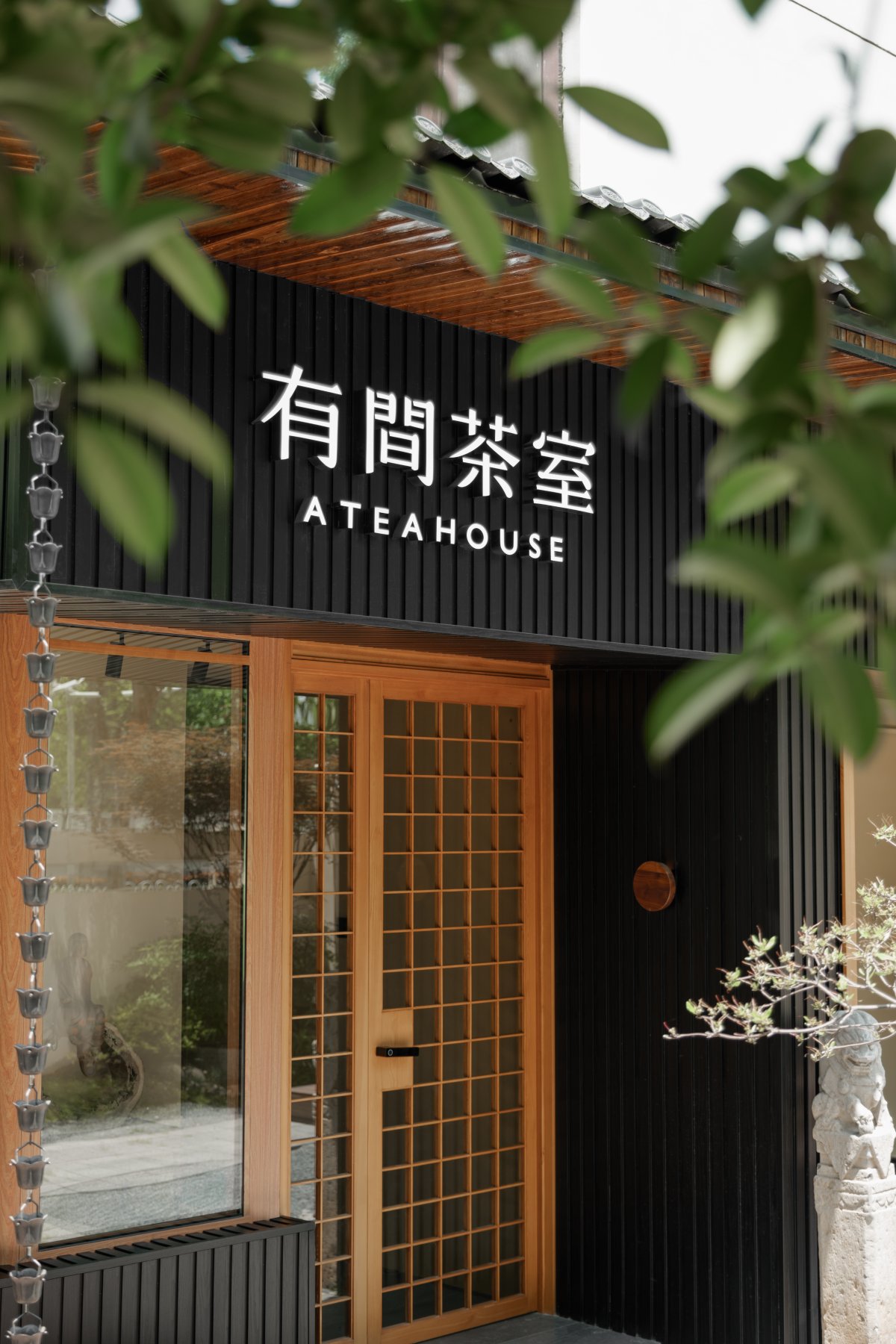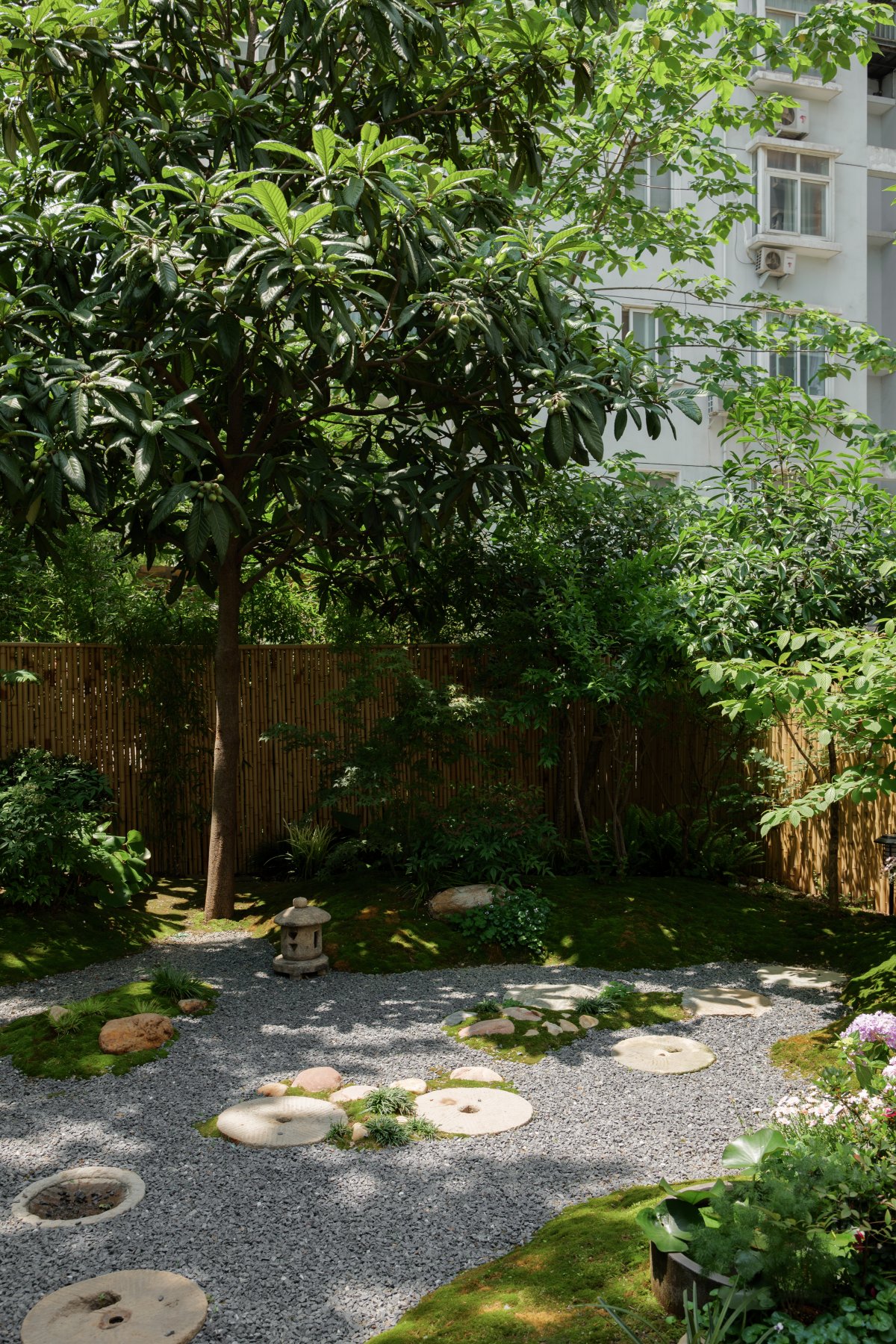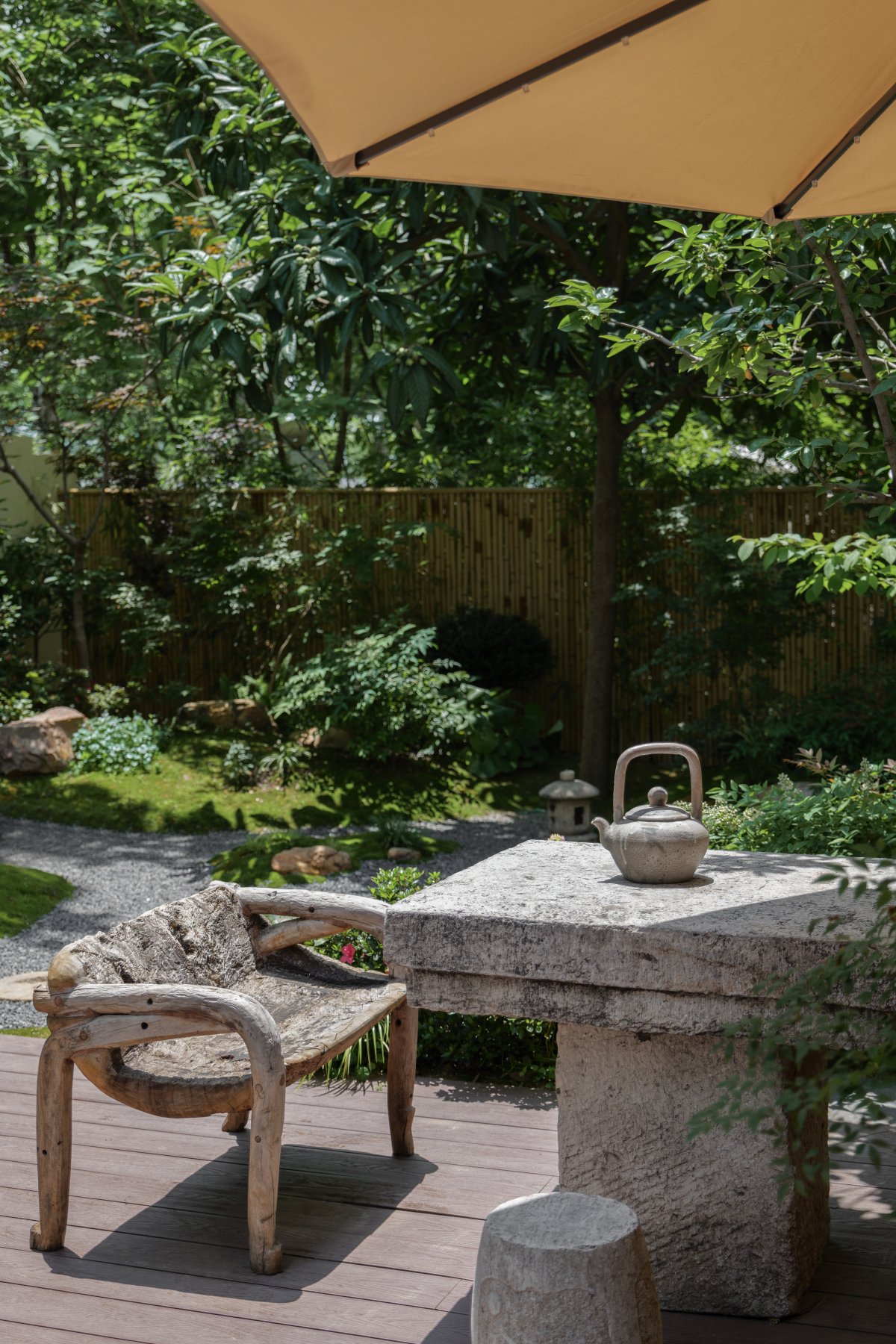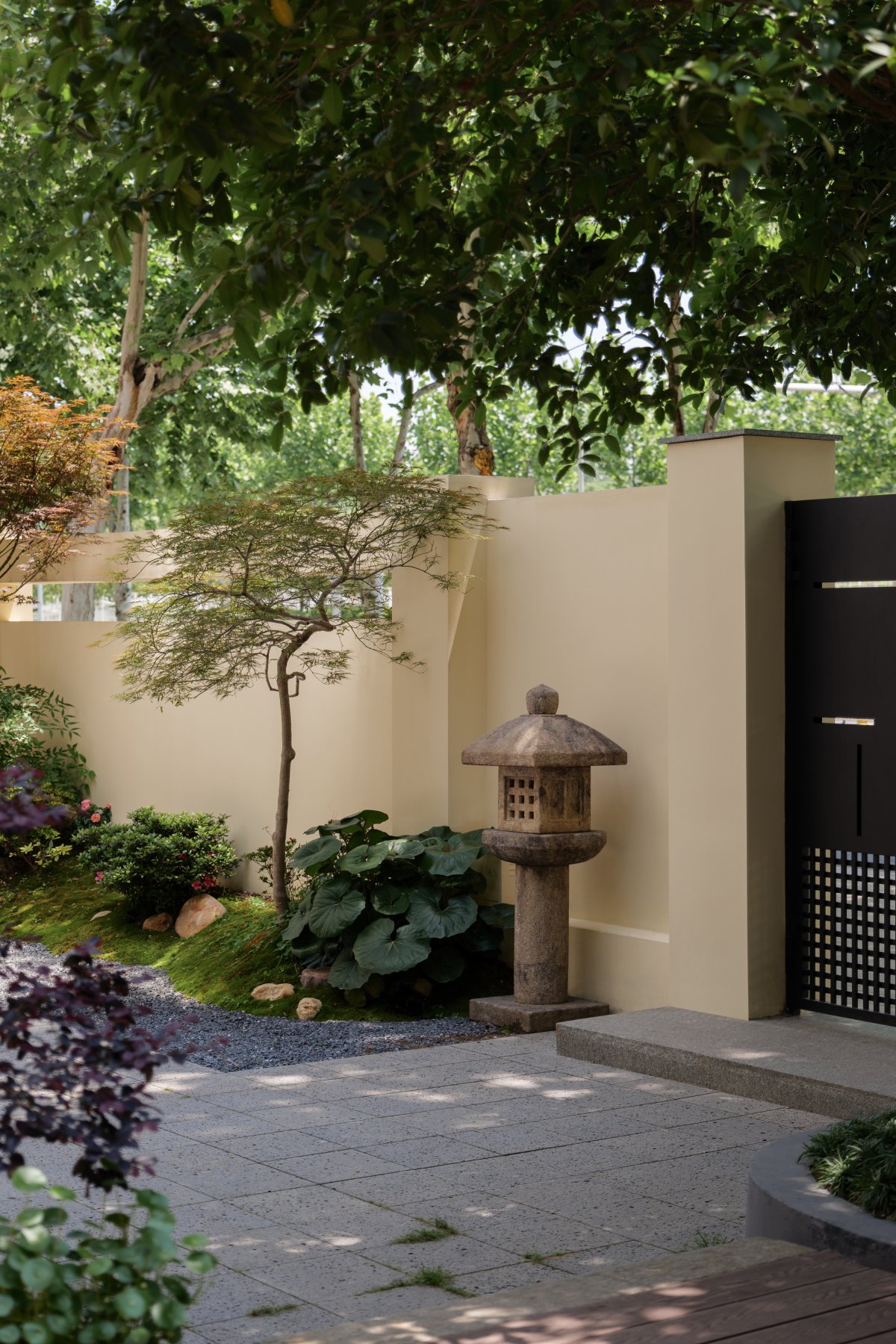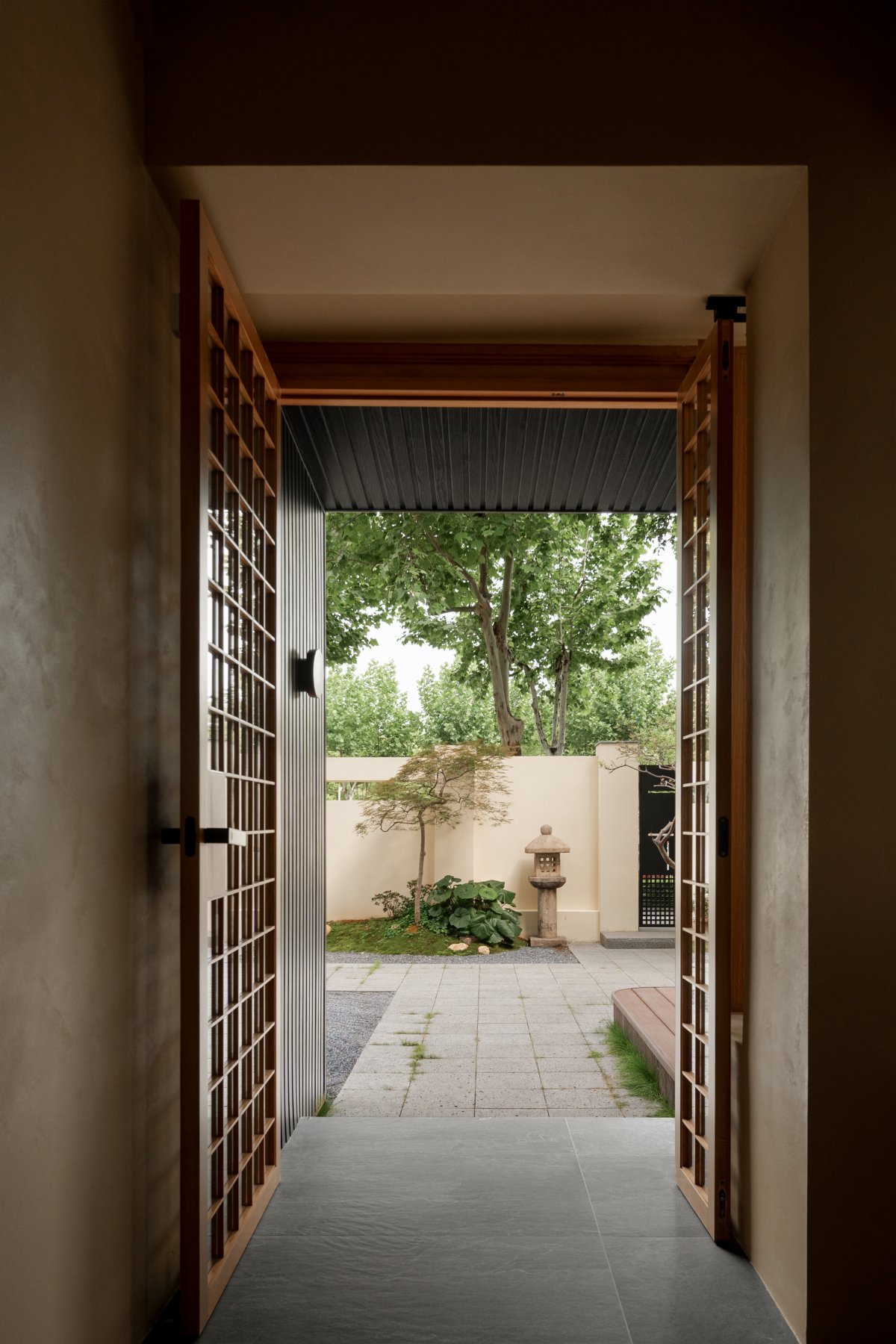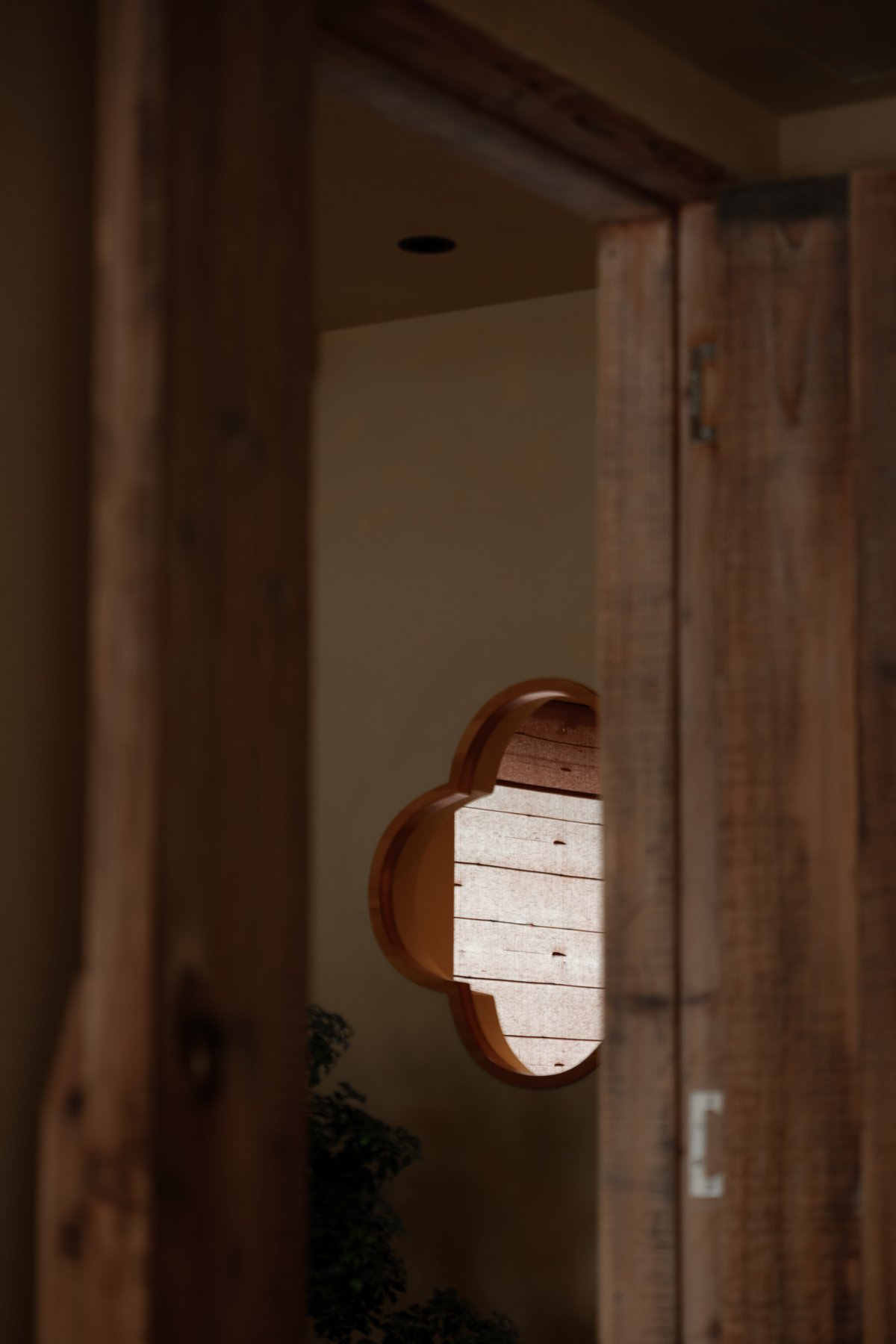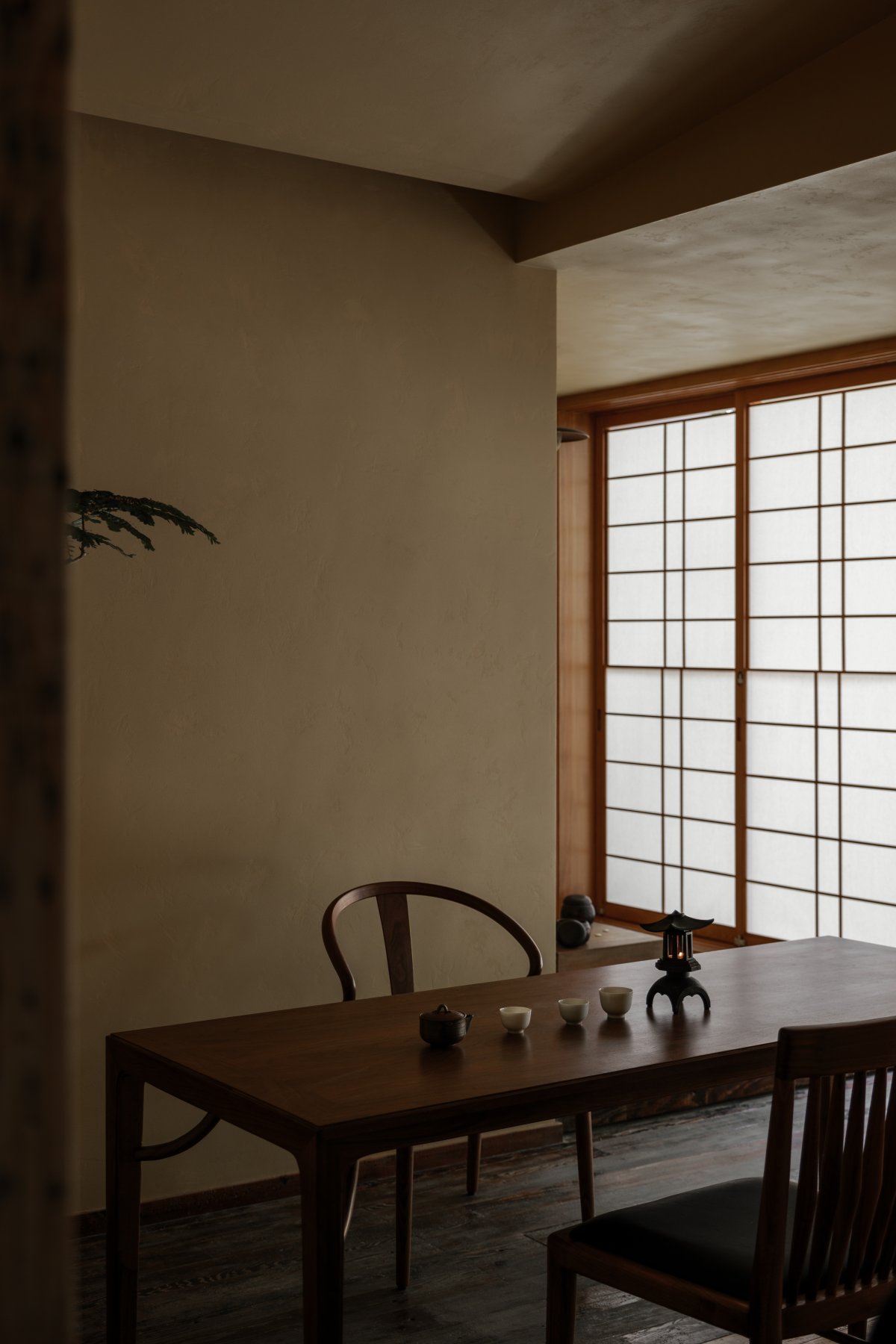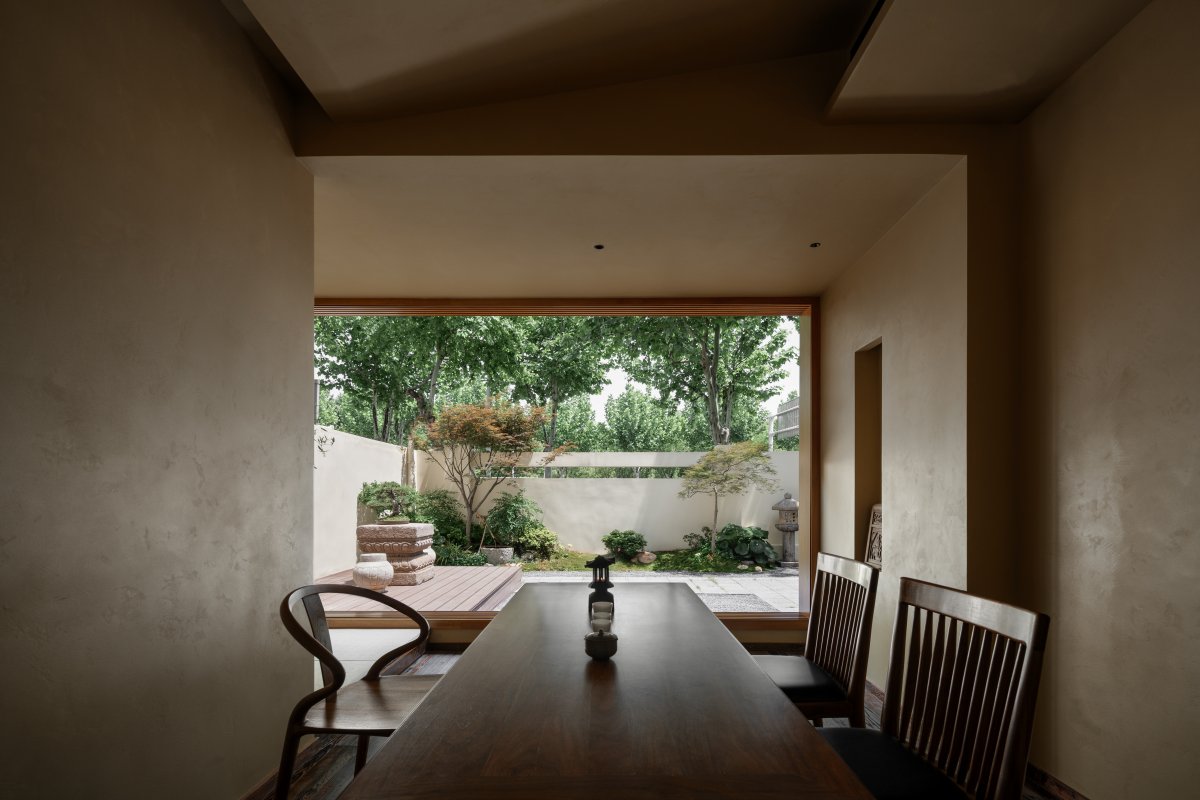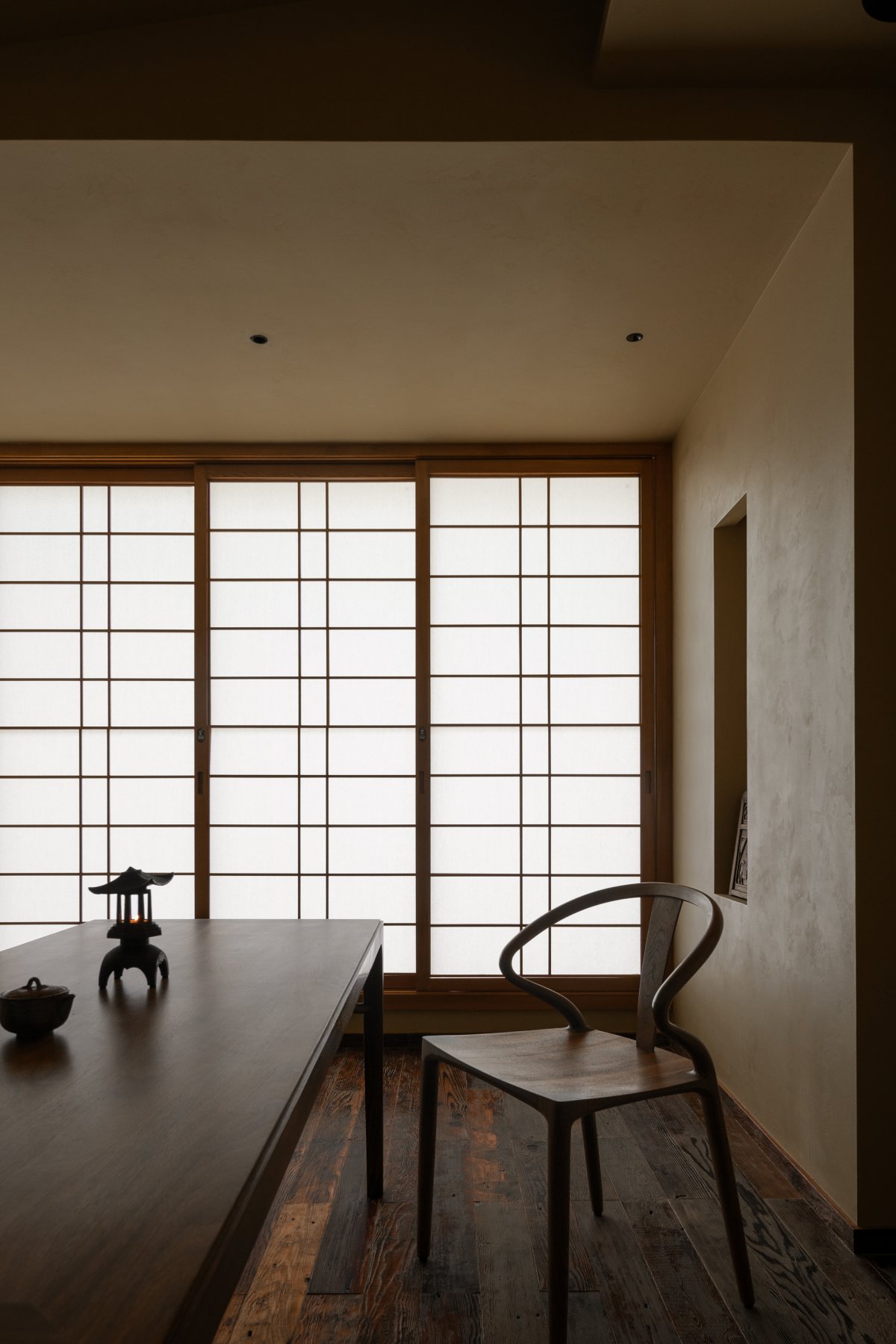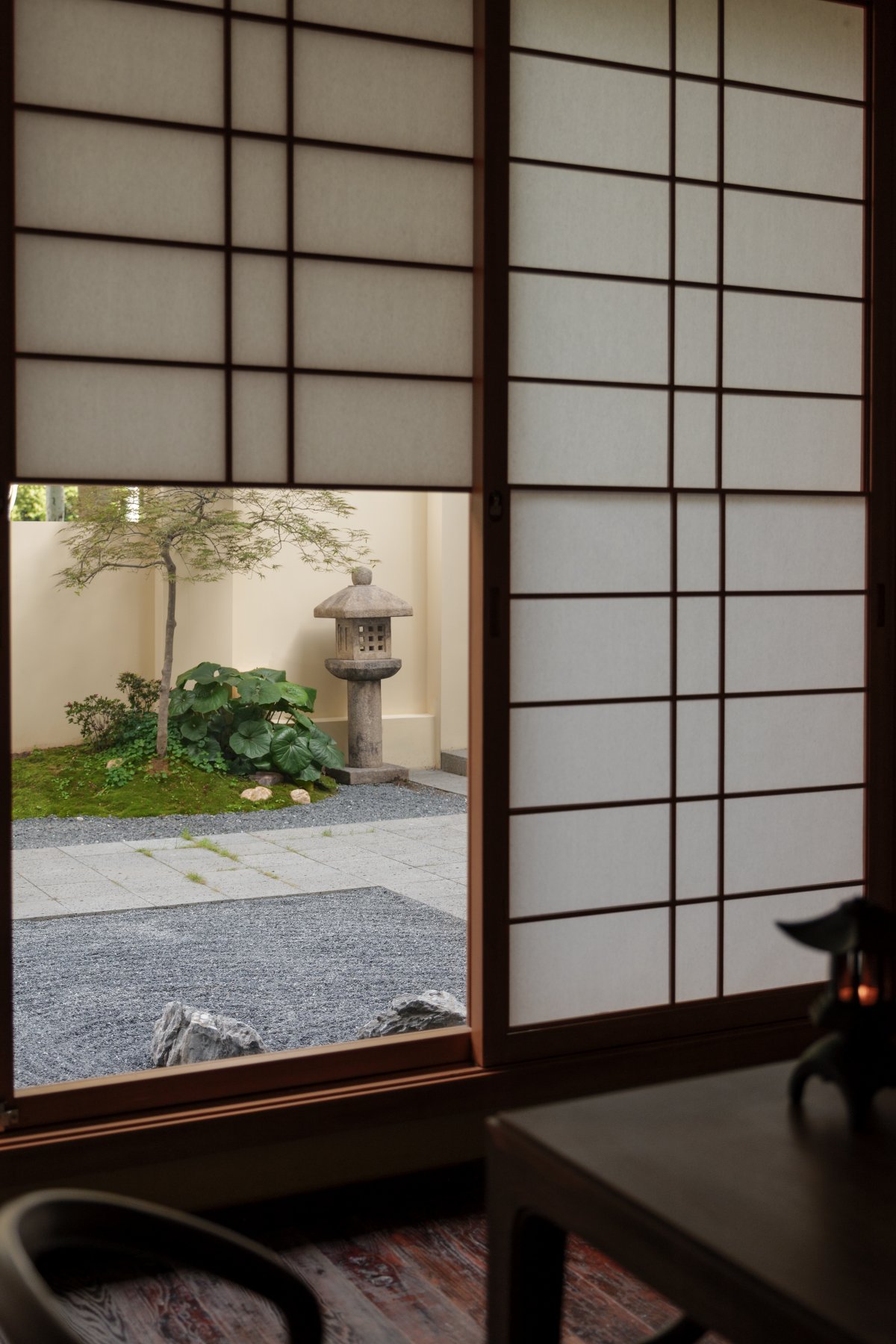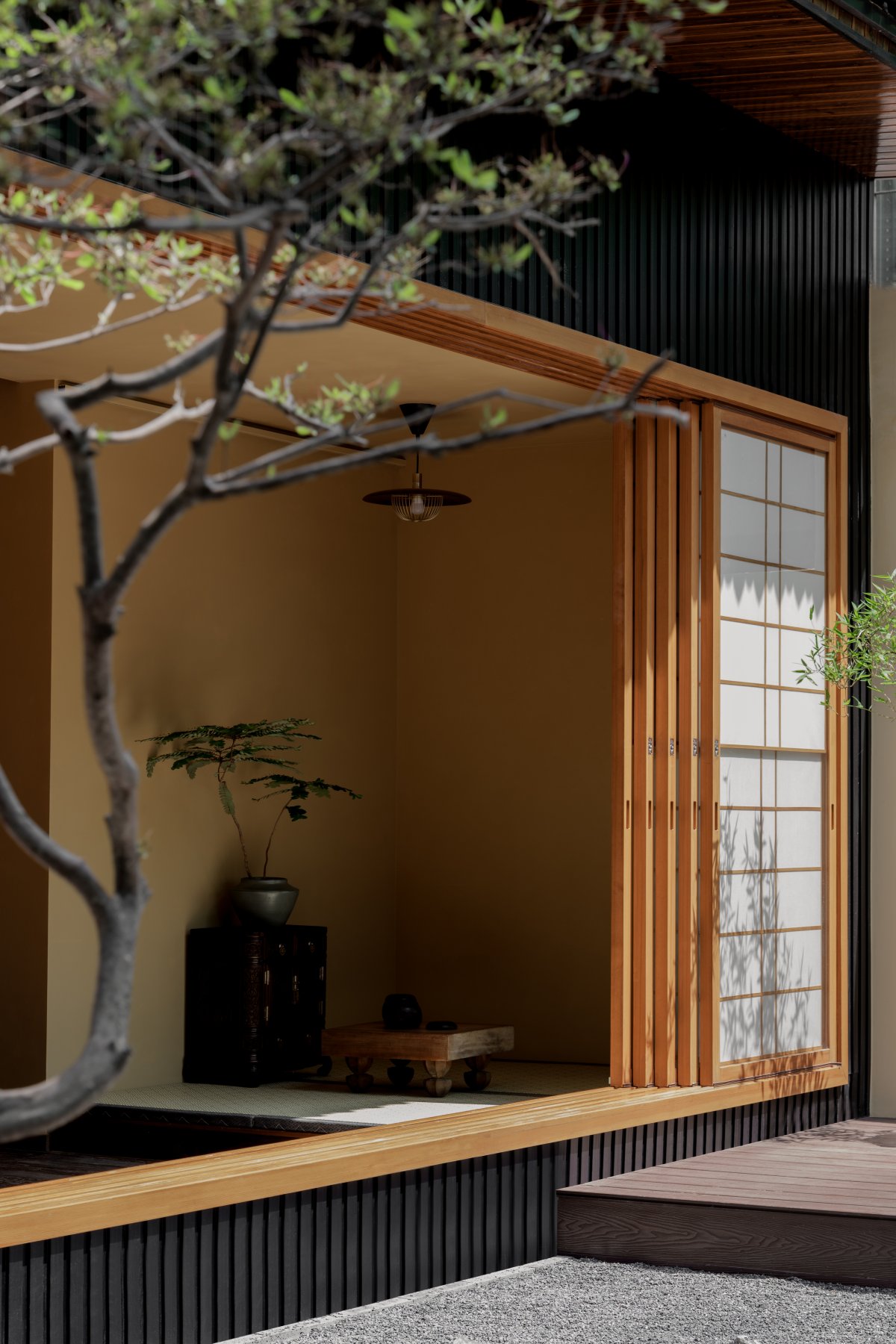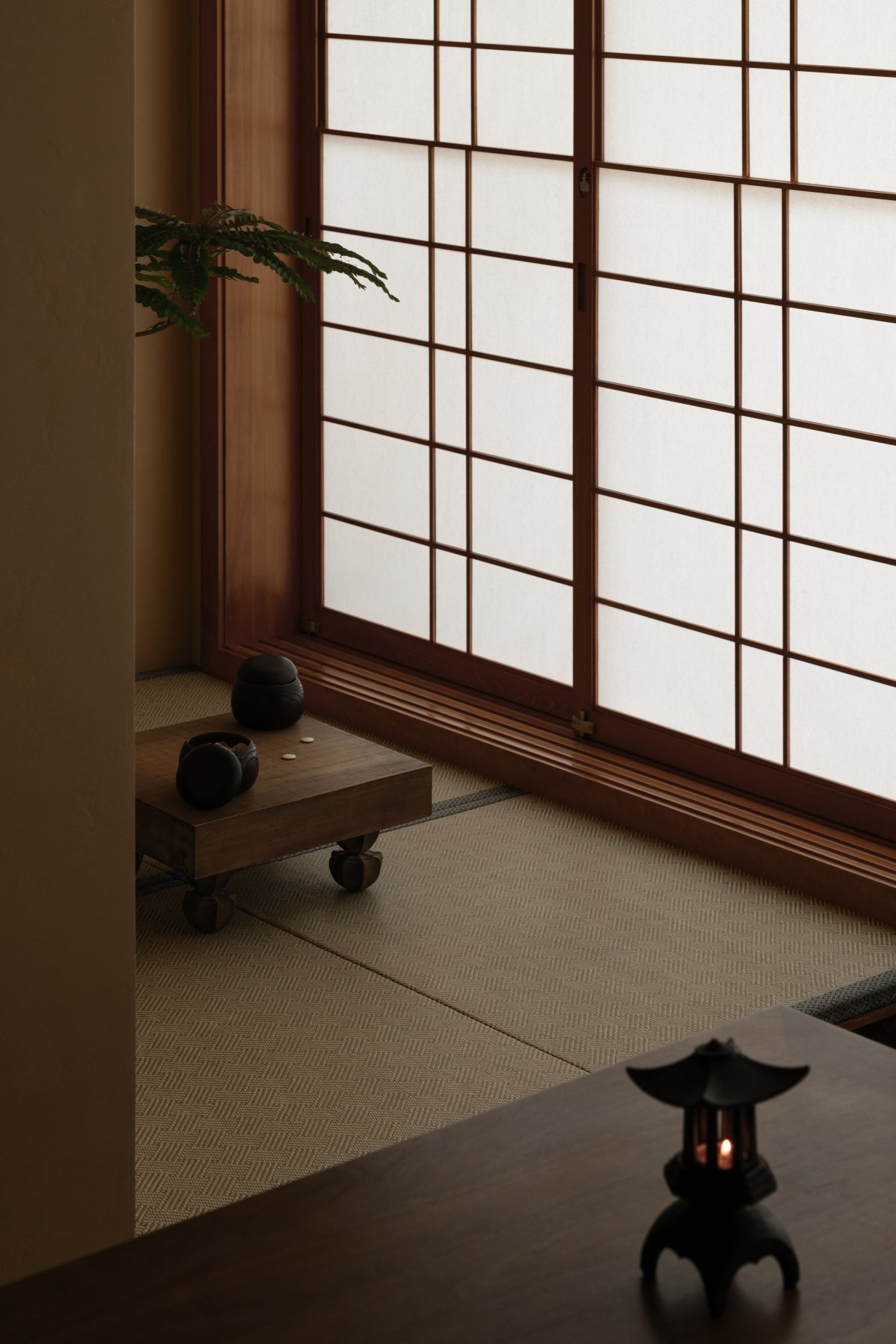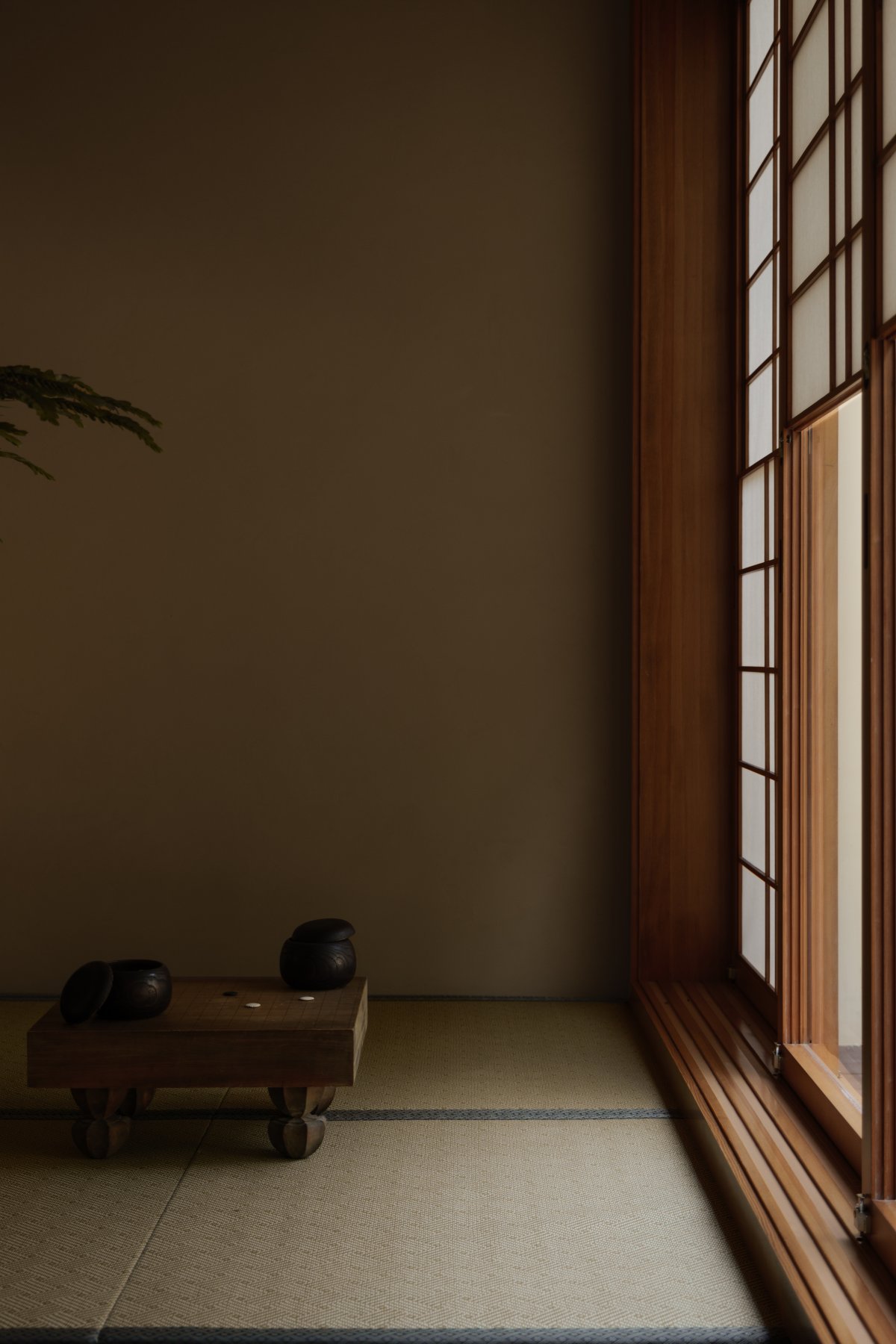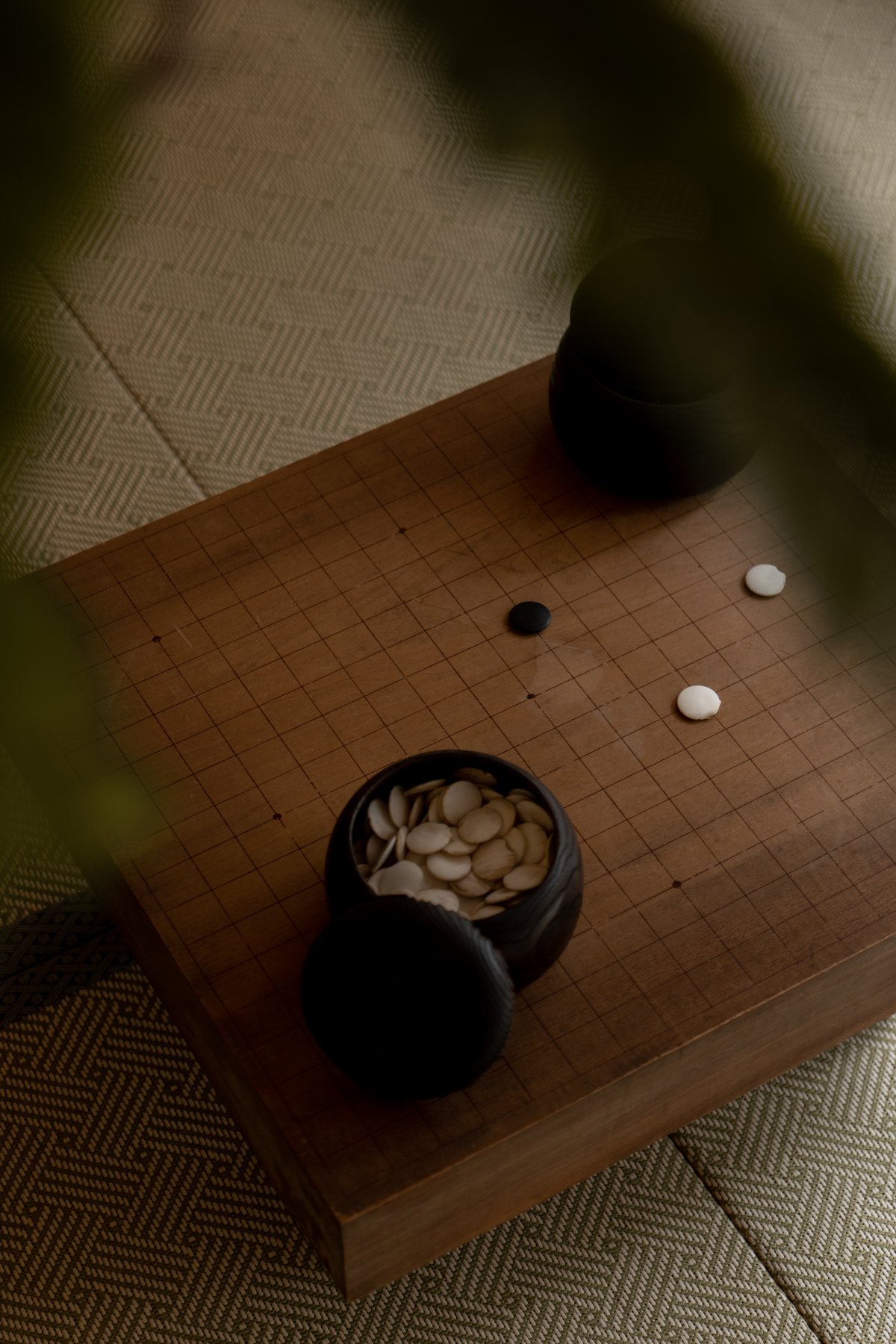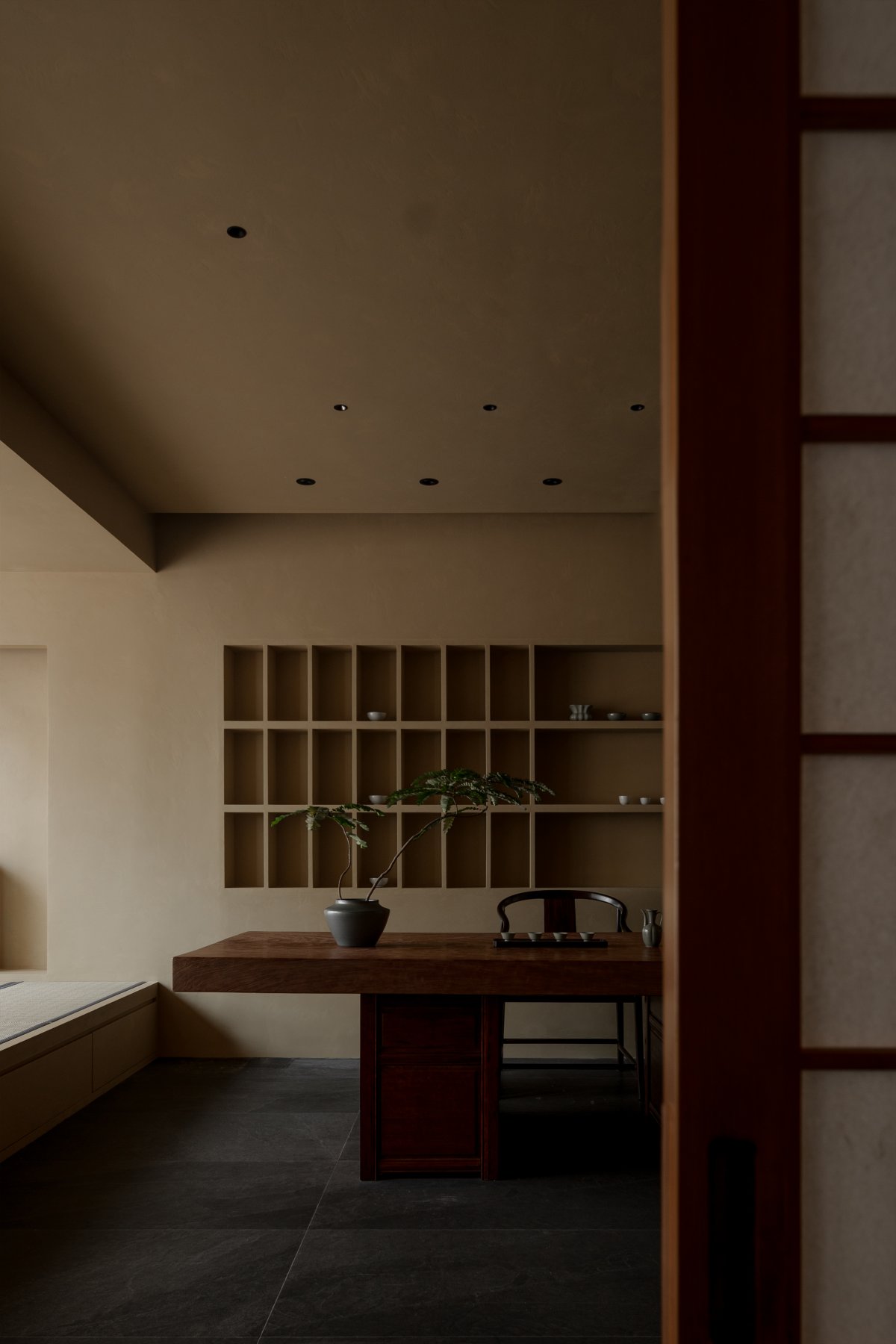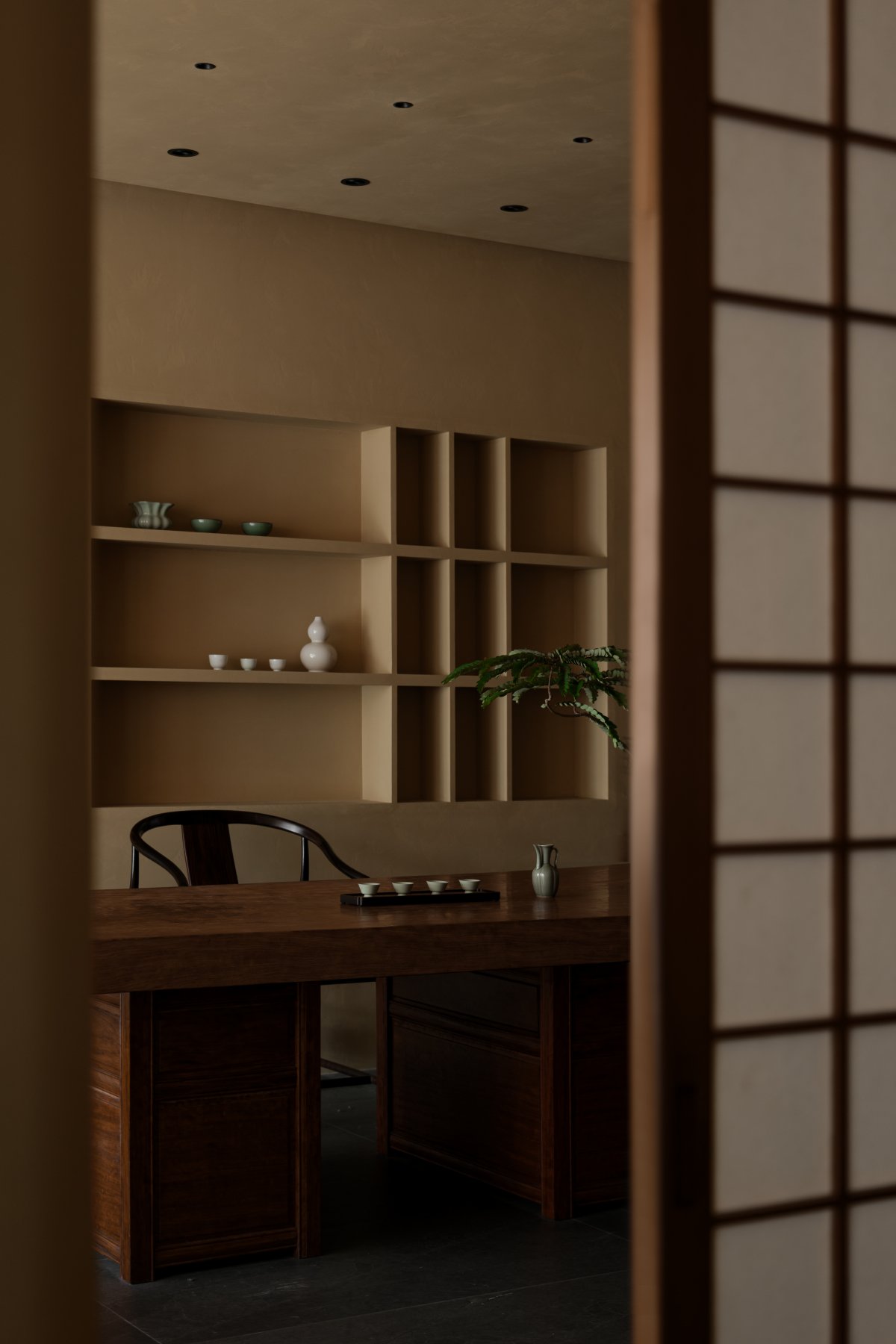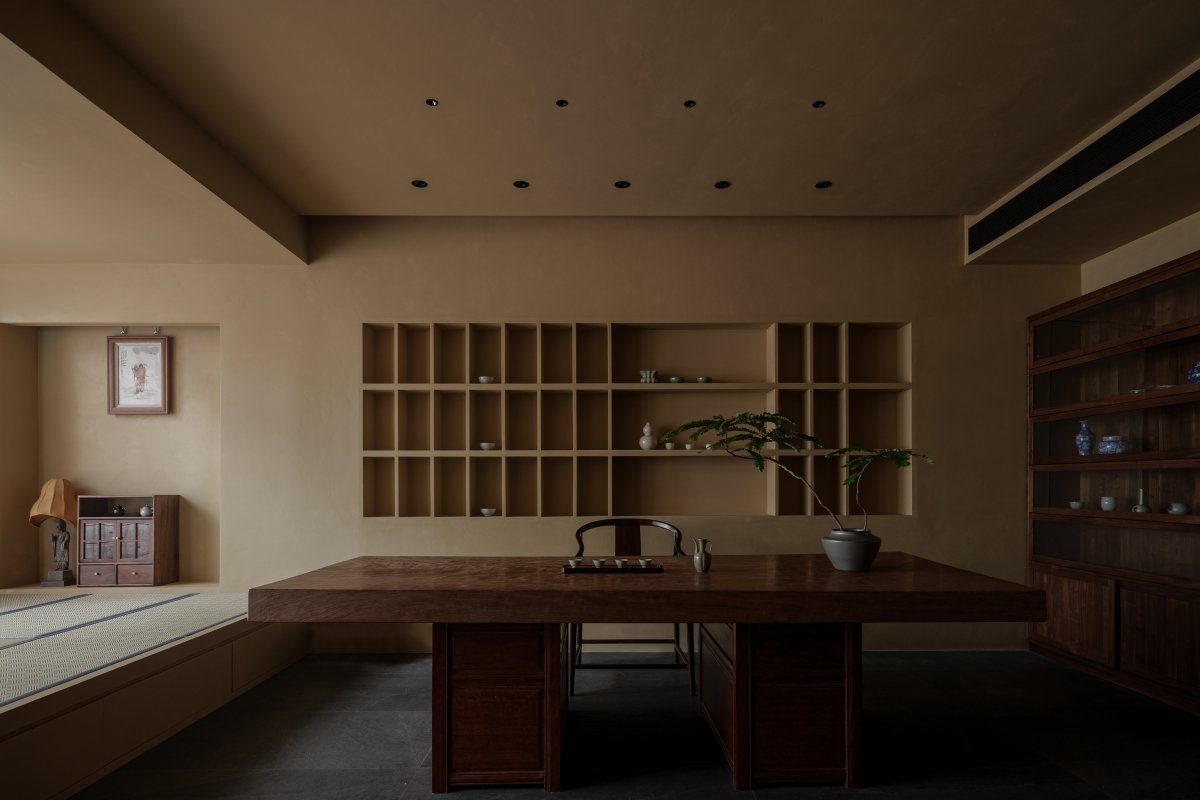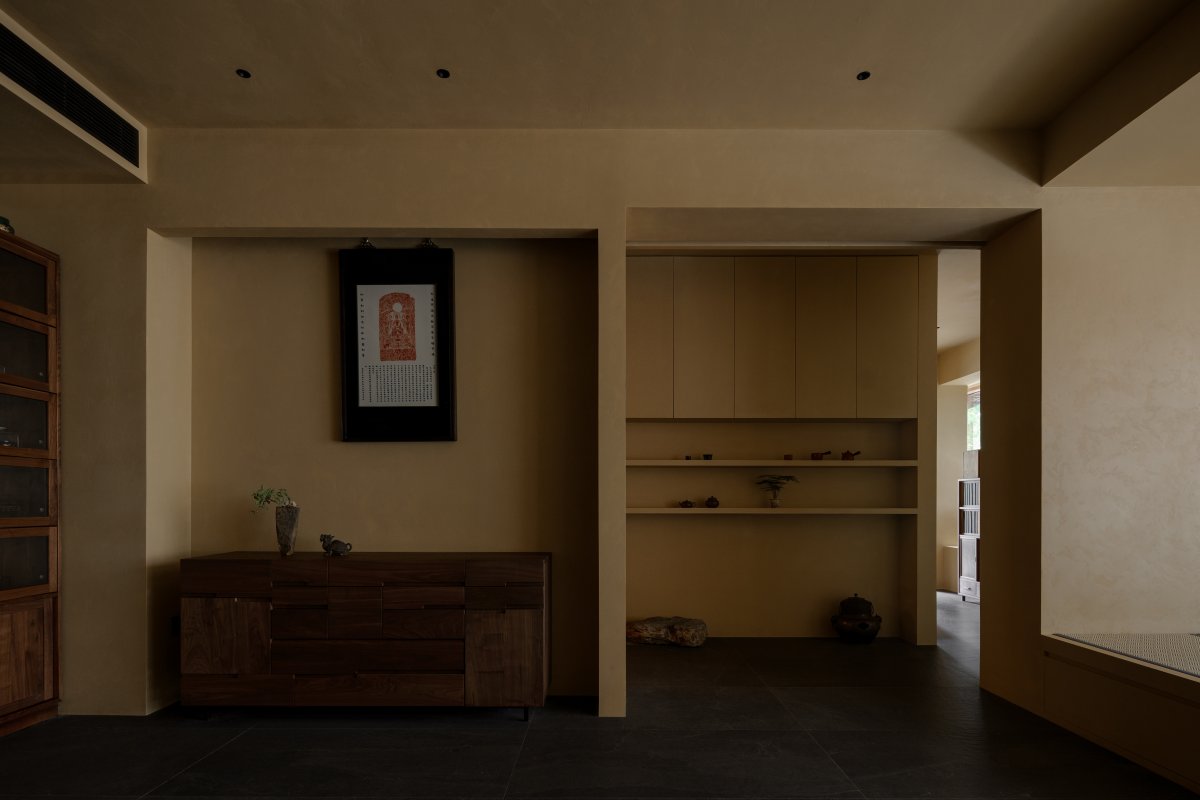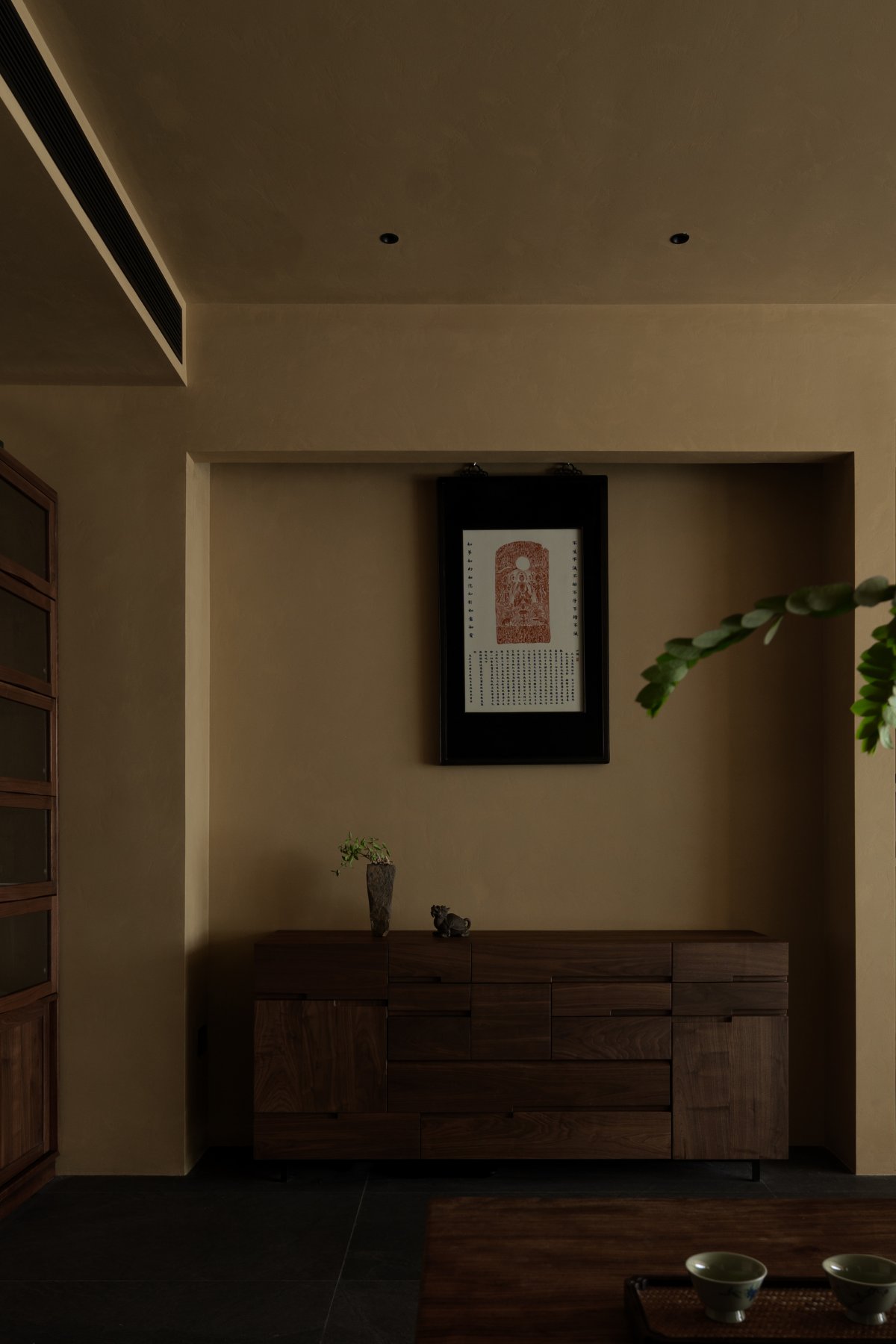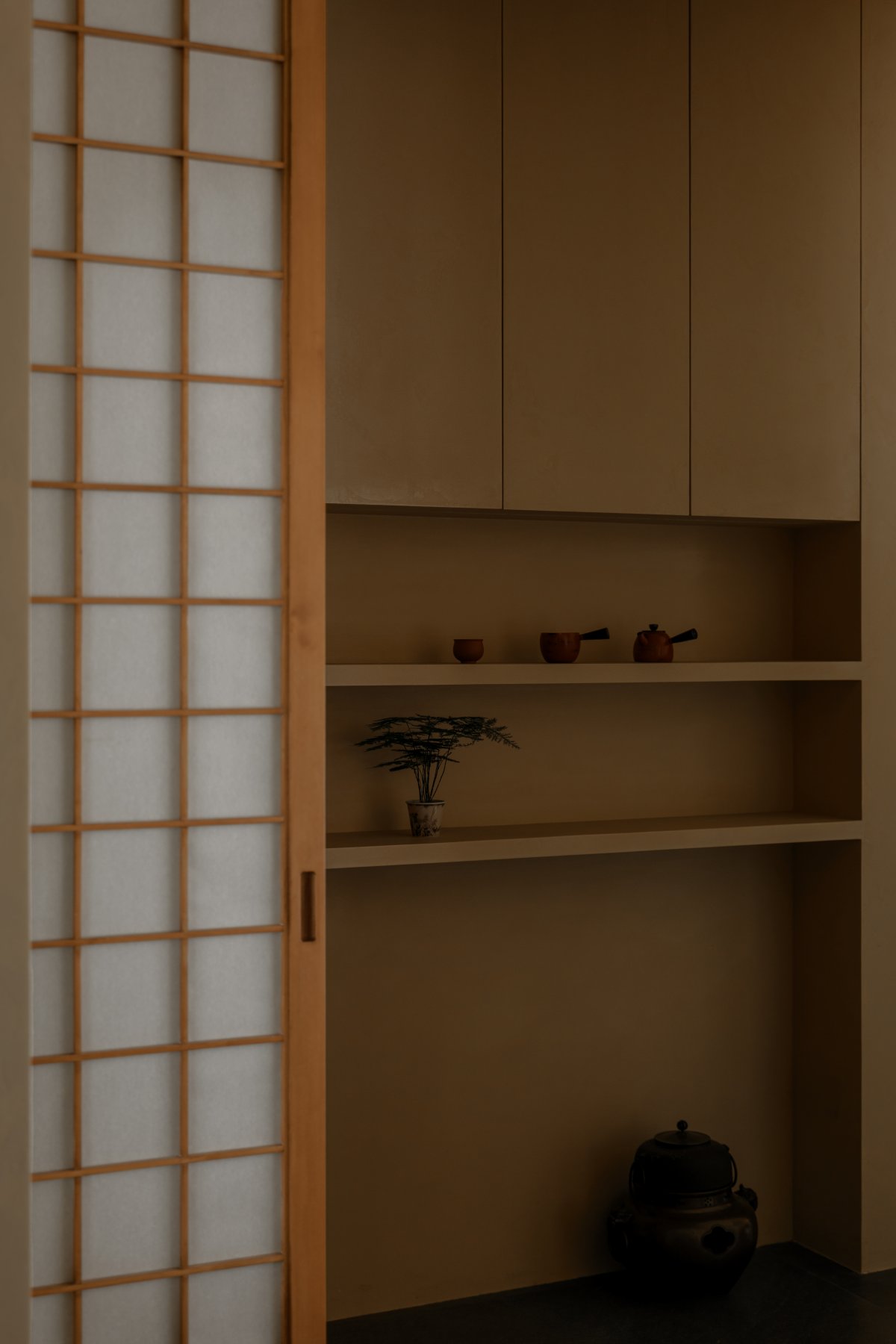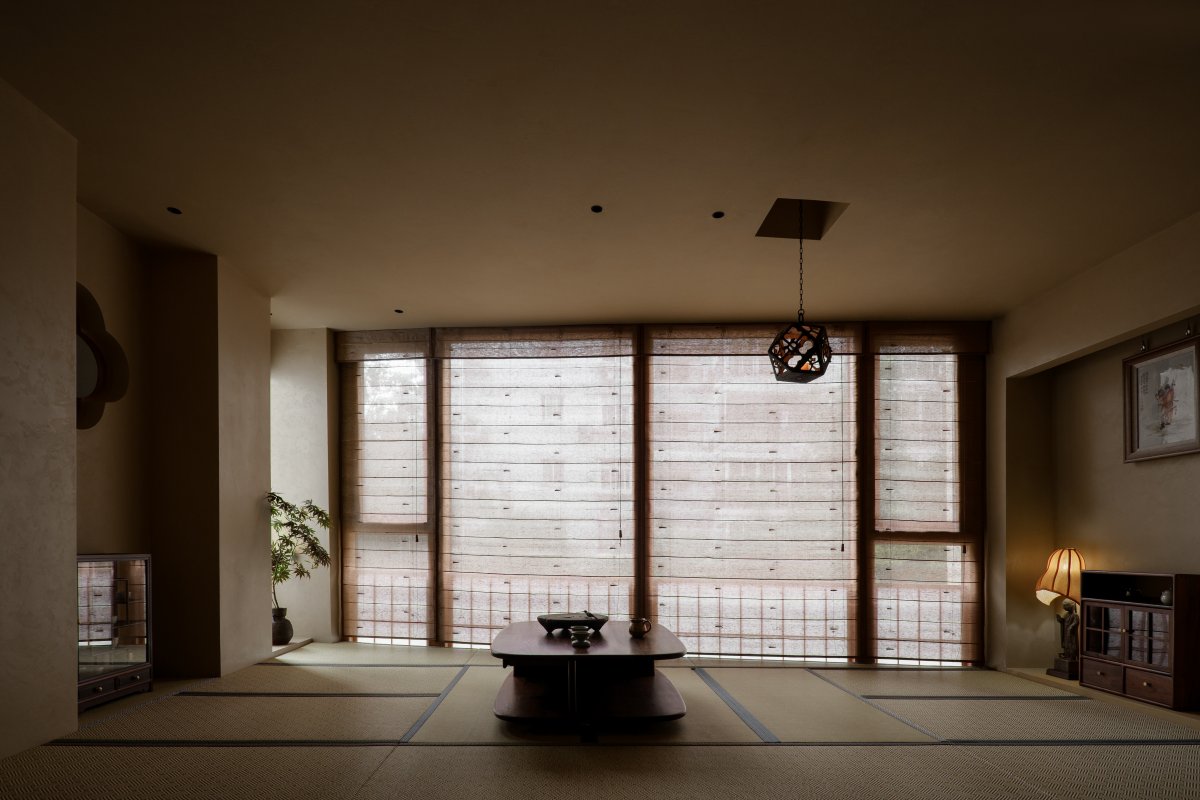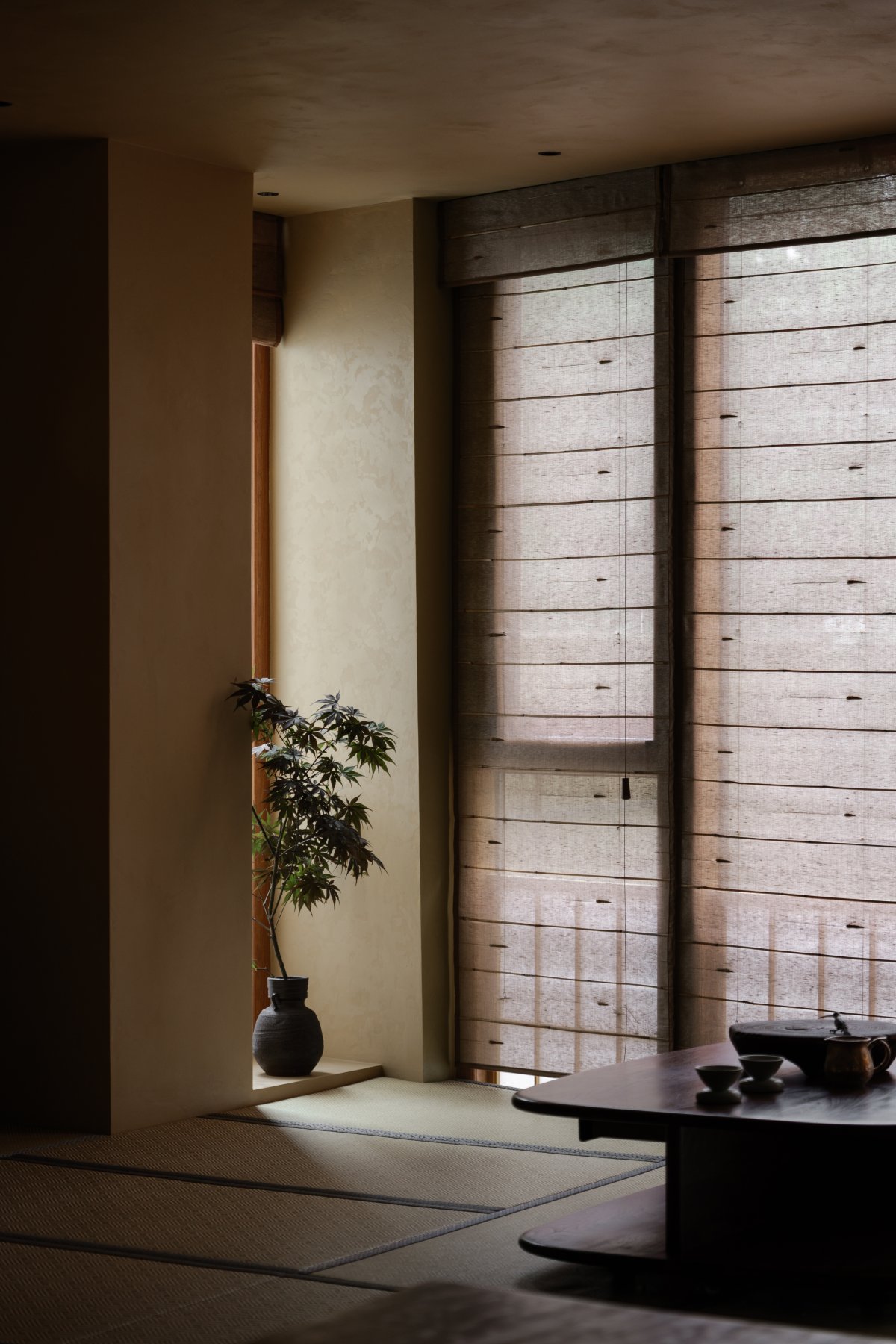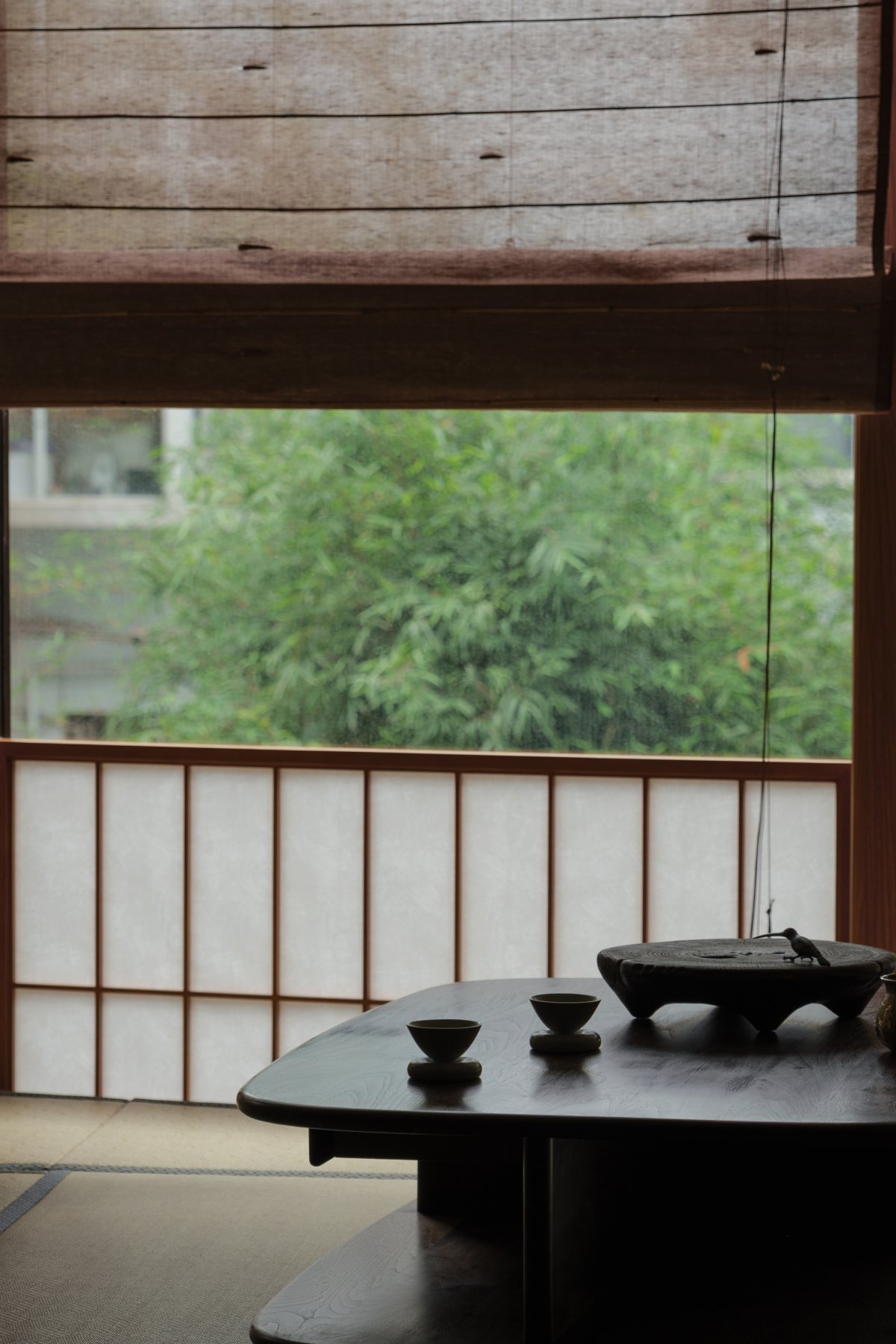
The Beauty of Permanence
Wabi-sabi is just that
Dead trees, fallen leaves, stone, moss, dusk, rain
Ink, smoke, vintage, earth, Morandi
Wear sense, old sense, dull sense, simple sense, thin sense.
The teahouse, worthy of the word and true to its name, is just a small room, or even just a small grass hut, reflecting a simple, a real calm. At its core, the tea ceremony is a worship of "imperfection," a tender attempt to achieve some
When we look at the courtyard and the surrounding natural scenery in tall buildings, because we directly feel the difference and opposition between indoor and outdoor, we will feel the sense of alienation between ourselves and nature, at least it is difficult to get rid of the feeling that we are not in nature. In the teahouse of the Chao-an style after Lixiu, although we can't see the outside nature, we can feel the nature through imagination. The building of the courtyard should pursue a pure and natural style, exquisite and delicate, containing but not revealing, focusing on reflecting and symbolizing the natural landscape, avoiding the traces of artificial carving, and creating a simple, clean and beautiful realm.
Big dim and city, small dim and wild. In the early years, Xu You washed his ears, but was ridiculed by his nest father, probably because the real hermit, never need to deliberately attach to the forest and wild interest, as long as there is a free and pure heart, even in the busy city, you can find your own peace.
The teahouse, in so far as it does not make any superfluous decoration in addition to satisfying the aesthetic feeling pursued at the moment, is indeed a "empty place". In so far as it deliberately leaves some unchallenged places for imagination to fill, it is enough to serve as a sacred place to worship "defects".
In the structure of the teahouse, the direct natural landscape is blocked, so people do not pay attention to the world outside the teahouse, and the artificial natural scene in the city is blocked, but it is more conducive to imagine the infinite silence flowing in the deep depths of nature. In the Complete Tea Ceremony, Sanrei Shigemori explained the tea table part like this, "The life of the teahouse lies in the window. Light and dark are determined by the Windows, and the size, number and location of the Windows are related to the view.
The tea, utensils, etc. sold in the product exhibition area are neatly displayed on the booth, which sets off the products with the environment and creates an atmosphere of quality life. Maintain the independence of commodities, without losing space to serve the essence of people. The products displayed are distributed in the space in the form of a sequence and are associated with the spatial moving lines.
Let the relationship between the container of space and the classical, simple and time-rich artifacts stationed in the future be more harmonious, and the tonality of space should be an extension of the temperament of the artifacts. The wall and the top surface use a large area of warm yellow hand-scratched artistic texture, the color weight distribution is random, the surface rough texture is the space to meet the human touch, the atmosphere tone set for the artifacts with a sense of time, but also the recessive expression of "wabi".
A teahouse, full of leisure and elegant life, it is the most suitable for the Chinese way of life. There's a tea room. It's luxurious.
- Interiors: Zhibai Design and Research Office
- Photos: MIN STUDIO

